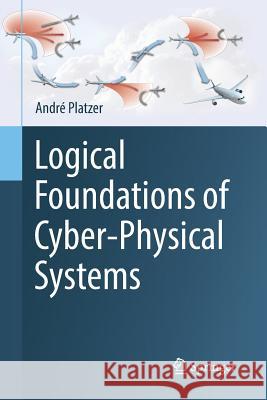Logical Foundations of Cyber-Physical Systems » książka
topmenu
Logical Foundations of Cyber-Physical Systems
ISBN-13: 9783030096977 / Angielski / Miękka / 2019 / 639 str.
Logical Foundations of Cyber-Physical Systems
ISBN-13: 9783030096977 / Angielski / Miękka / 2019 / 639 str.
cena 195,42 zł
(netto: 186,11 VAT: 5%)
Najniższa cena z 30 dni: 192,74 zł
(netto: 186,11 VAT: 5%)
Najniższa cena z 30 dni: 192,74 zł
Termin realizacji zamówienia:
ok. 20 dni roboczych.
ok. 20 dni roboczych.
Darmowa dostawa!
Kategorie:
Kategorie BISAC:
Wydawca:
Springer
Język:
Angielski
ISBN-13:
9783030096977
Rok wydania:
2019
Wydanie:
Softcover Repri
Ilość stron:
639
Waga:
0.92 kg
Wymiary:
23.39 x 15.6 x 3.43
Oprawa:
Miękka
Wolumenów:
01
Dodatkowe informacje:
Wydanie ilustrowane











